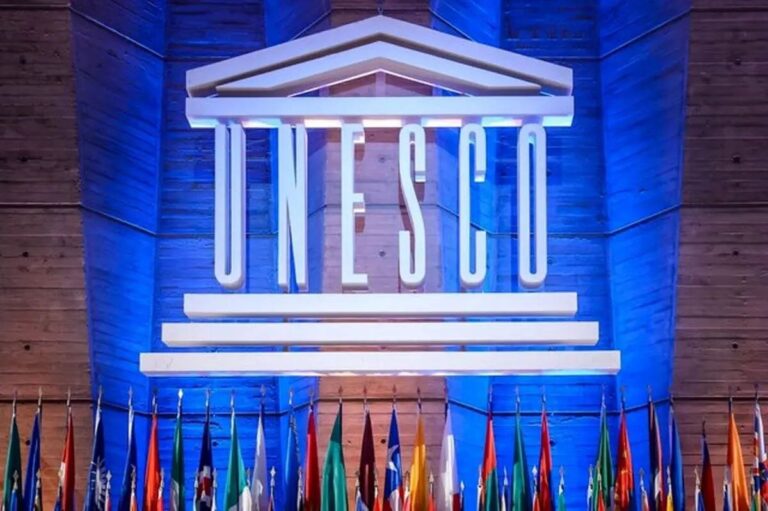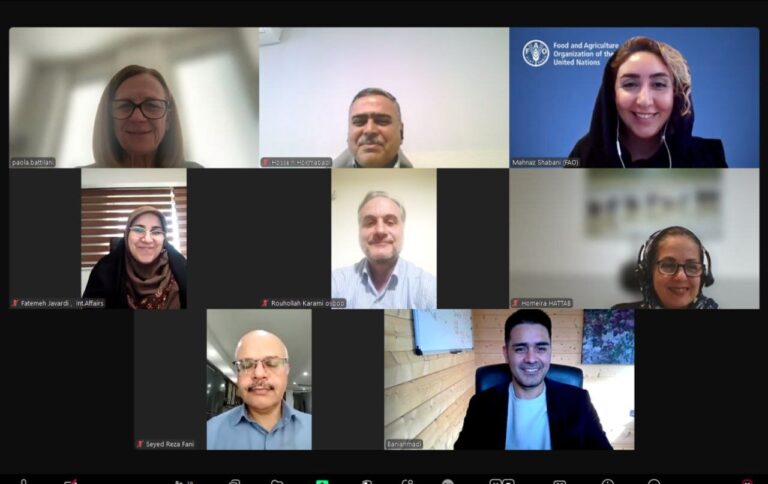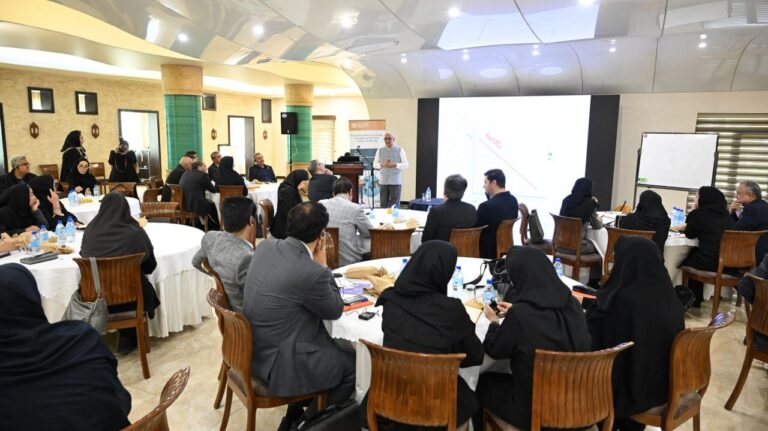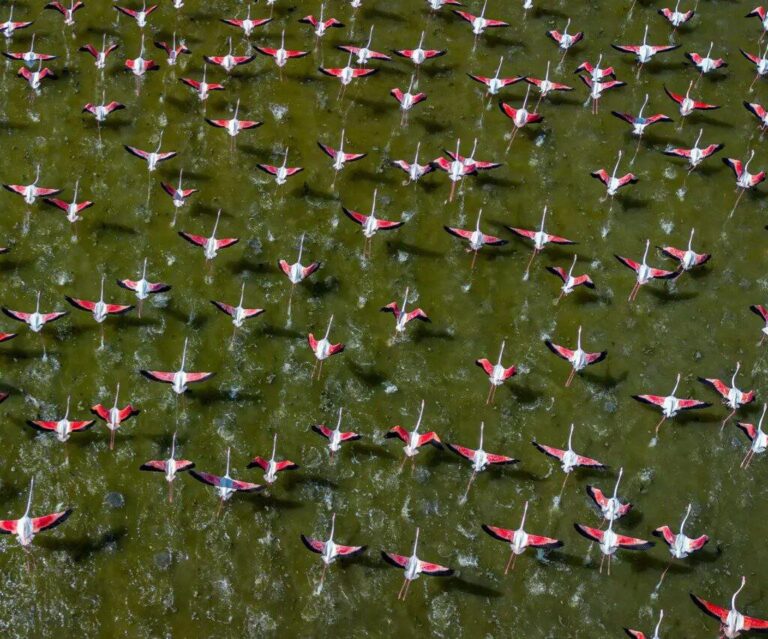Lake Urmia Sees Remarkable 80 mcm Surge in Water Volume!
Lake Urmia has been experiencing a remarkable resurgence, with the water volume increasing by 80 million cubic meters compared to last year. This recovery is crucial for the ecological health of this iconic body of water, which is not only the largest lake in West Asia but also ranks as the sixth-largest salt lake globally. The CEO of the West Azarbaijan regional water company, Majid Rastegari, has provided insights into the lake’s current status and ongoing restoration efforts.
As of the latest reports, the volume of water in Lake Urmia has reached a significant 1,630 billion cubic meters. This increase is accompanied by a rise in the lake’s level to 1270.28 meters, marking an increase of 3 centimeters from the previous year. Furthermore, the area of the lake has expanded to approximately 1,140 square kilometers, an increase of 30 square kilometers from last year, highlighting the positive changes occurring in this vital ecosystem.
Restoration Efforts for Lake Urmia
The restoration of Lake Urmia is a collaborative effort involving various organizations, including the United Nations Development Programme (UNDP) and the Food and Agriculture Organization (FAO). These entities are working together to promote sustainable agricultural practices that will aid in the conservation of the lake.
On December 1, 2024, the Government of Japan and UNDP formalized their commitment to this cause by signing an exchange of notes for “The Project for Developing Conservation Systems of Wetlands in Lake Urmia and Other Wetlands, Including Their Surrounding Communities.” This initiative, set to run from 2024 to 2028, aims to deliver long-term benefits for local communities while safeguarding the biodiversity of the wetlands, which are critical to maintaining ecological balance.
Key Challenges Facing Lake Urmia
Despite the positive developments, Lake Urmia confronts significant challenges, primarily stemming from:
- Overconsumption of Water Resources: Increased agricultural activities have led to excessive water usage.
- Climate Change: The impacts of climate change are exacerbating water shortages and threatening the lake’s ecosystem.
- Vulnerability of Agricultural Activities: Local farming practices are increasingly at risk due to dwindling water supplies.
Studies indicate that climate change could further disrupt both agrifood systems and the fragile environment surrounding Lake Urmia. In response, the FAO, with support from the Japanese government, has identified various technical solutions aimed at enhancing water efficiency in agriculture within the Lake Urmia basin. These solutions are vital for conserving the internationally recognized biosphere reserves in the region.
Historical Context and Ongoing Efforts
Since 1995, Lake Urmia has been on a downward trend, primarily due to rapid agricultural expansion upstream and adverse effects of climate change. This has placed the lake at the brink of depletion, jeopardizing the health, economy, and environment of the surrounding regions.
Despite ongoing efforts by the Lake Urmia Restoration Program National Committee, which has focused on the lake’s restoration since 2013, the situation remains critical. There is a pressing need for both macro and micro management solutions to be incorporated into action plans to ensure sustainability.
In 2016, the FAO initiated the “Integrated Program for Sustainable Water Resources Management in the Lake Urmia Basin,” funded by the Government of Japan, to tackle the pressing challenges in the area. This initiative has yielded key technical outcomes, including:
- Implementation of Water Accounting: A project that helps track water usage and identify areas where conservation efforts can be focused.
- Identification of Water-Consuming Hotspots: This analysis highlights regions within the basin that are major contributors to water loss, particularly from irrigated and rainfed agriculture.
Overall, the findings emphasize the critical need for water-saving measures to aid in the restoration of Lake Urmia. The collaborative efforts of various organizations and local communities are pivotal in ensuring the long-term health and sustainability of this vital ecosystem.






